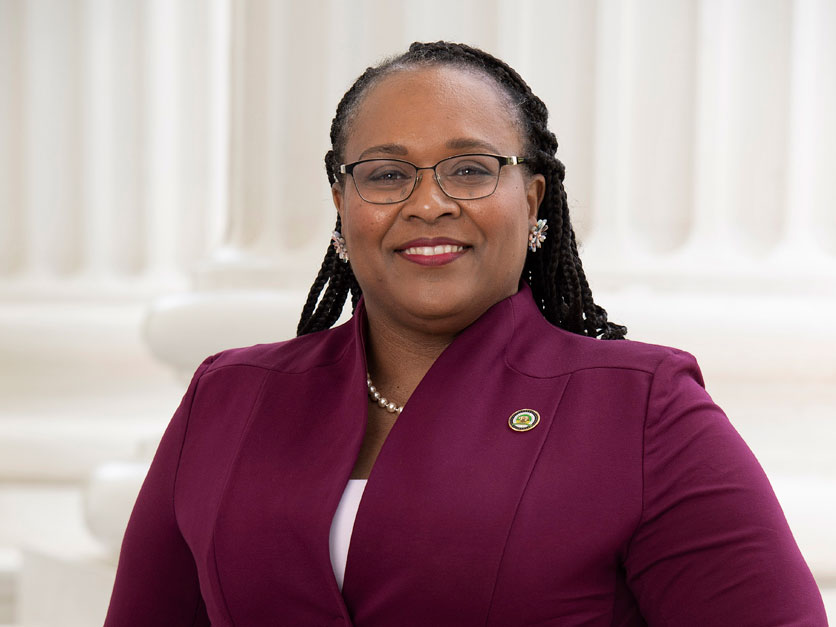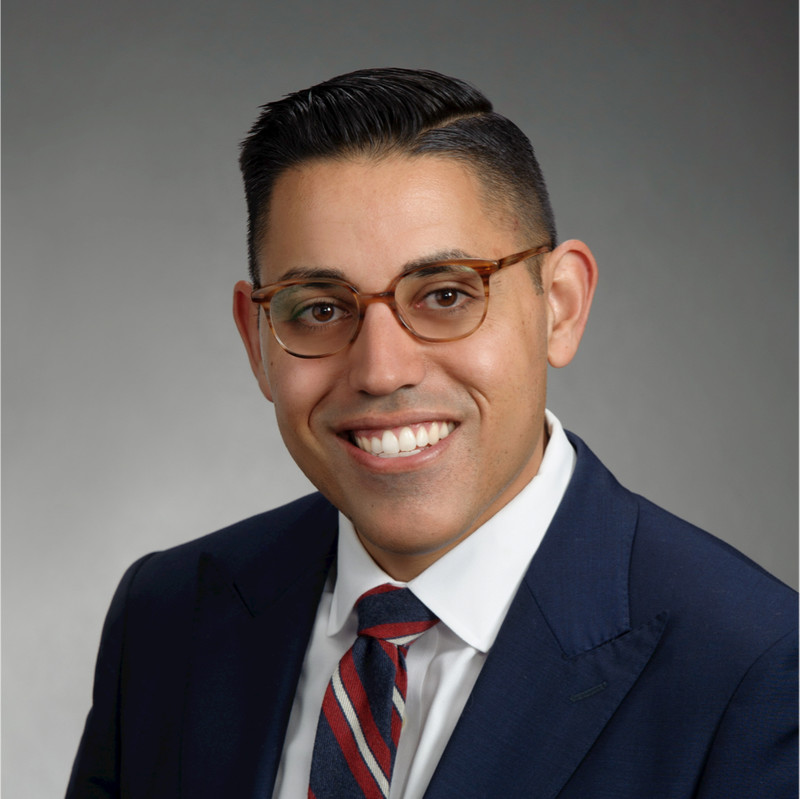As the state faces a rising budget deficit, lawmakers are once again pitching bond measures to fill funding gaps for climate-smart agriculture grants as well as for flood protection and climate resilience. Yet local leaders remain skeptical over how much of the money would trickle into rural regions.
Advocacy groups that focus on cutting climate emissions in agriculture have revived a bond measure for investing in food access and sustainable farming practices. Several of the provisions trace back to a $3.1 billion food and agriculture bond measure in 2021 by Assemblymember Robert Rivas of Salinas. It gained broad support in the Agriculture Committee but later stalled, owing to a massive $76 billion state budget surplus taking shape. The budget later incorporated many of the provisions.
Last year was another quiet one for bond proposals, with the state benefiting from a $100 billion surplus.
“And of course, the governor used that to buy some political favors,” said California Farm Bureau President Jamie Johansson at the organization’s annual Capitol Ag Conference last week. “If you can buy something, it doesn't take a whole lot of leadership.”
Now the budget forecast has flipped and the Newsom administration is anticipating a $22.5 billion budget deficit as it gauges tax revenues coming into the state. Johansson expects it to continue to rise beyond $50 billion, lining up some difficult decisions ahead in the Capitol. He noted that most current lawmakers have never had to face a deficit before. He anticipates they will look to fill budget gaps in regulatory programs by raising fees, particularly for the mill assessment on pesticide sales.
Gov. Gavin Newsom will continue to negotiate those budget details with the Legislature’s Democratic leaders in the months ahead. Yet several lawmakers are already proclaiming their funding priorities as policy committees debate new bond proposals to go before voters.
 Asm. Lori Wilson, D-Suisun City
Asm. Lori Wilson, D-Suisun City“California's food and farming system is on the frontlines of the climate crisis,” said Asm. Lori Wilson of Suisun City, which borders the Sacramento–San Joaquin Delta, as she introduced Assembly Bill 408 in an Agriculture Committee hearing last week. “If the state wants to create a more climate-resilient agriculture sector, then it must act now to scale up investments.”
Of the $3.4 billion pitched in the measure, nearly $1 billion would restore climate-smart programs at CDFA to improve soil health and water-use efficiency, help farmers transition for organic certification, support technical assistance and enable demonstration projects. It would also shore up methane reduction incentives at the Air Resources Board and finance the Department of Pesticide Regulation’s effort to expand integrated pest management. The same amount of money would support infrastructure grants for processing and storage facilities, drawing support from Taylor Farms. Funding to expand meat processing facilities led the California Cattlemen’s Association to register their support for the measure.
Another $750 million would support farmworkers by addressing housing and utility costs, drinking water issues and personal protective equipment needs. The same amount would fund projects for healthy food access and nutrition security—priorities for First Partner Jennifer Siebel Newsom.
Up to half the grant money would go to socially disadvantaged farmers, ranchers and communities, and undocumented workers would have access to grants as well.
Wilson argued these investments fight climate change while supporting biodiversity, air and water quality, local jobs and economic development. She reasoned the funding is important because the pandemic, coupled with recent flooding in agricultural regions and ongoing supply chain issues, has hurt farmers, farmworkers and productivity.
“It is time that we secure the necessary resources and invest in the people who feed us and avoid displacing small-scale farms, farmers of color and farmworkers to other states and other countries,” said Wilson. “We also must invest in food access and ensuring that our communities have the facilities they need to bring food from the farm to the table.”
With the California Climate & Agriculture Network cosponsoring AB 408, policy director Sandra Nakagawa said many farmers have been questioning whether they can continue to operate following recent winter storms. According to Molly Myerson of Little Wing Farm in Point Reyes Station, vulnerable small-scale producers have been “left out to dry” in relation to support and relief programs for climate impacts
Jessica González, a policy advocate at California Certified Organic Farmers—also a cosponsor—reasoned that spending more on farmworker needs would ease labor costs. Several environmental and anti-pesticide groups support the measure as well.
Wilson noted that some of the provisions would assist with implementing new groundwater recharge projects. Money for rebalancing the state’s aquifers was noticeably absent in a separate bond measure covering a range of climate issues.
Four Democrats representing urban coastal districts are pushing for $4.1 billion to address drought, wildfires, extreme heat, biodiversity loss and climate-smart agriculture. Senator Ben Allen of Santa Monica fielded criticism during a policy committee hearing last week for the number of blank spaces in Senate Bill 867.
The Association of California Water Agencies (ACWA) promised to support the bill if Allen filled in some of those blanks with funding for groundwater recharge along with investments in capturing and moving flood flows, infrastructure for the State Water Project, flood protection and safe drinking water.
Allen acknowledged that SB 867 is “still a work in progress.”
The progressive lawmaker is familiar with how bond measures evolve as they wend through the Legislature. He has championed similar proposals addressing drought, flooding and wildfire issues since 2019 and he has a strong ally in Sen. Anthony Portantino of Burbank, who chairs the Appropriations Committee and is a co-author.
The bill also has the backing of the Natural Resources Defense Council, which charges that the state is failing to protect California from the accelerating impacts of climate change.
Adam Quinonez, a legislative and regulatory relations director at ACWA, added that the state’s water infrastructure was not designed to effectively manage the weather whiplash—swinging from extreme drought to a record snowpack and flooding.
“The cost of inaction will far exceed the cost of investment today,” said Quinonez.
Similar budget requests last year for flood protection dollars drew on new findings from the latest update to the Central Valley Flood Protection Plan. As much as $30 billion is needed to protect California’s farmlands—nearly double a 2017 estimate. The last time California approved a flood bond was in 2006.
 Adam Quinonez, ACWA
Adam Quinonez, ACWAYet Sen. Susan Eggman of Stockton, who negotiated the 2014 water storage bond that voters approved through Proposition 1, was worried the needs of the Central Valley would “get dwindled down” as the bill moves forward.
“You're part of the Los Angeles delegation. There's a whole bunch of you,” Eggman told Allen. “So those of us further north—and especially in the valley—have to be a little scrappier.”
Don’t miss a beat! It’s easy to sign up for a FREE month of Agri-Pulse news! For the latest on what’s happening in Washington, D.C. and around the country in agriculture, just click here.
That is why Eggman has authored a $6 billion climate and flood protection bond that details specific requests for levees, bypasses and weirs in the valley and for protecting communities from sea level rise in the Delta. It would also finance groundwater recharge and floodplain restoration. Federal matching grants would boost the spending further.
Eggman said the bond would provide critical funding for infrastructure throughout the state, but focus primarily on the Central Valley, “where the levee systems not only protect people, but move water up and down and provide for the agriculture that we all need.”
Without these investments, Bob Reeb, a lobbyist for the California Central Valley Flood Control Association, warned that by 2072 the valley could see $3.2 billion in damages and 500 deaths on average every year.
Several Bureau of Reclamation districts support the measure.
Allen also applauded Eggman’s measure and assured her that his bill would meet the needs of the valley. But Republican Sen. Shannon Grove of Bakersfield remained skeptical.
“History speaks volumes of the Central Valley being constantly overlooked,” said Grove.
Asm. Carlos Villapudua, another Stockton Democrat, is proposing a $3.75 billion flood bond to “correct the historical lack of funding for flood protections in the San Joaquin Valley.” Competing with Allen’s bill, six Assembly Democrats have proposed a $15.1 billion climate bond in AB 1567, which details spending for groundwater recharge and water banking.
The Assembly Water, Parks and Wildlife Committee will consider AB 1567 later this month but has yet to add Villapudua’s AB 305 to its busy schedule.
For more news, go to Agri-Pulse.com.


